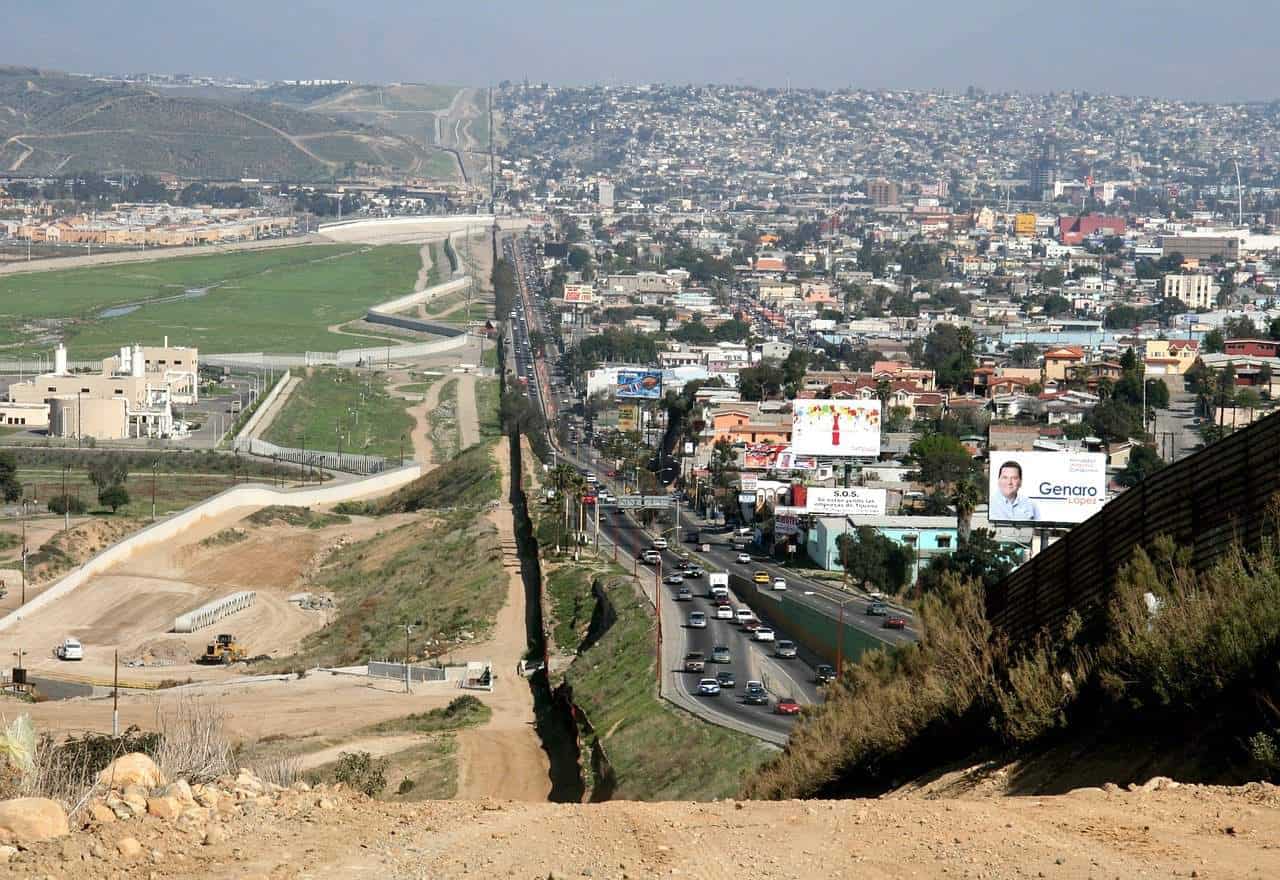Fleeing poverty, 35-year-old Honduran migrant Juan Macias paid around $7,000 in March to a smuggling network, borrowing the money from his relatives.
Macias said that he dealt with eight different traffickers during the journey he made with around 30 other migrants.
“They work through organizations. They’re called guides. Then the cartels are on the border,” Macias told AFP at a shelter in Mexico’s border city Ciudad Juarez after he was deported from the United States.
Each trafficker gave him a code to pass on to the next smuggler along the chain.
“We were identified by the code when we arrived at the place,” said Macias, whose name AFP has changed to protect his identify.
“They don’t say anything, just ‘follow me’,” he added.
A 2018 report from the United Nations Office of Drugs and Crime estimated the annual revenue generated by smuggling migrants overland to North America to be up to $4.2 billion, out of a global total of $7.0 billion.
Like other forms of organized crime, it is usually controlled by Mexico’s powerful drug cartels, although the first link in the chain may be a neighbor of the migrants, who are mostly Central Americans.
Surge in arrivals
Even the anti-immigration stance of former US president Donald Trump failed to stop the human tide, which has only increased since his successor Joe Biden took office vowing fairer treatment of migrants.
The traffickers “found an opportunity in Joe Biden’s political discourse to start pulling in more people,” said Oscar Hernandez, a researcher at Mexico’s Colegio de la Frontera Norte.
A warning from Biden’s administration for undocumented migrants not to come because they run the risk of “becoming victims of crime and human smugglers” appears to have been largely ignored.
In March, around 172,000 undocumented migrants were detained crossing the US border with Mexico, a 71 percent increase in just one month and the highest level in 15 years, the US Customs and Border Protection (CBP) reported.
The number of unaccompanied children detained doubled to 18,890 from February to March, according to the CBP.
They arrive at the border after a long and often dangerous journey across Mexico by bus, truck, freight train or even on foot.
The human flow was originally controlled by Mexicans linked to a program that allowed them to work in the United States between 1942 and 1964.
Over the years, criminal gangs moved in, taking control of a chain starting with the touts who find the migrants in their home country, to the person who brings the ladder so people can climb over the US border fence.
‘Supply and demand’
The migrants are identified by bracelets showing their names and categorizing them as “deliveries” or “arrivals.”
“They put them on you before you get to the river (along the Mexican-US border), and after you cross you have to take it off,” said a 24-year-old Honduran migrant who asked not to be named.
The Mexican cartels gradually became more involved in people smuggling after then-president Felipe Calderon unleashed the military in the war on drugs in 2006.
“It’s a business and, as such, works by supply and demand,” said Javier Urbano, an academic at Mexico’s Ibero-American University.
Increased pressure on the gangs from the war on drugs means they sought to diversify, he said.
In addition, people smugglers generally face less severe punishment than drug traffickers if caught.
In 2020, five men were sentenced to six years in jail in Mexico for transporting 785 migrants in trucks.
Some drug traffickers have also targeted migrants with theft, extortion or forced labor.
In 2010, 72 migrants were massacred in the northeastern state of Tamaulipas for apparently refusing to serve the notorious Los Zetas drug cartel.
On Sunday, Mexican President Manuel Lopez Obrador said he would present proposals to Biden aimed at expanding one of his domestic welfare programs in Central America.
The Sembrando Vida program provides economic grants to registered agricultural producers. Lopez Obrador said it could be expanded to create more jobs in Central America, reducing the need for people to migrate.
Potential migrants could earn a work visa for the United States after participating in the program for three years, he said, and could apply for US citizenship after another three.
“This will allow us to organize the migratory flow,” the leftist leader said.






